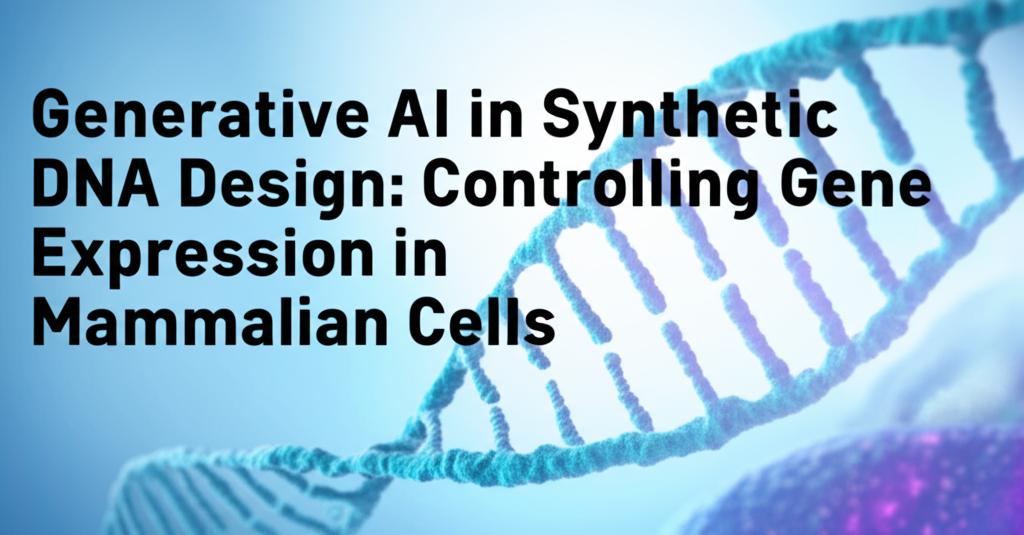A new era in gene therapy and biotechnology is dawning with the groundbreaking development of generative AI that can design synthetic DNA to control gene expression in healthy mammalian cells. This marks a significant leap forward, offering unprecedented precision in guiding cellular behavior.
Researchers have successfully created an AI tool capable of "dreaming up" novel DNA regulatory sequences – parts of DNA that act like switches, turning genes on or off. These AI-generated sequences are unlike any found in nature and can be customized to meet specific criteria. For example, the AI can be instructed to design a DNA fragment that activates a particular gene in stem cells destined to become red blood cells, but not in those that will become platelets.
The process involves the AI predicting the precise combination of DNA's building blocks (A, T, C, and G) needed to achieve the desired gene expression pattern in specific cell types. Following this prediction, scientists can chemically synthesize these DNA fragments, which are typically around 250 letters long. These synthetic DNA segments are then delivered into cells, often using a viral vector.
In proof-of-concept experiments, AI-designed DNA fragments were introduced into mouse blood cells. The AI was tasked with creating sequences that would activate a gene coding for a fluorescent protein in certain cells, without altering gene expression in others. The synthetic DNA successfully integrated into the cells' genomes at random locations and performed exactly as predicted by the AI.
This breakthrough holds immense potential. It's akin to writing software for biology, providing a powerful and precise new way to issue instructions to cells, guiding their development and behavior with remarkable accuracy. The implications for gene therapy are vast, potentially leading to treatments that can boost or dampen gene activity specifically in the cells or tissues that require adjustment. This could make therapies more effective while minimizing side effects by avoiding unintended impacts on healthy cells.
Historically, researchers seeking to correct faulty gene expression were limited to searching for naturally occurring enhancers—DNA sequences that evolution had already produced. Generative AI overcomes this limitation by enabling the engineering of ultra-selective switches that nature hasn't invented, tailored to precise therapeutic needs.
The development of these AI models required vast amounts of high-quality biological data. Researchers conducted thousands of experiments, particularly focusing on blood formation in lab models, to study both enhancers and the proteins called transcription factors that are also involved in gene control. Notably, these studies were conducted using healthy cells, which are more representative of human biology than the cancer cell lines often used in research. This approach not only fueled the AI's learning but also uncovered new insights into the subtle mechanisms that shape our immune system and blood cell production. For instance, researchers discovered that some combinations of transcription factors can unexpectedly repress gene activity, challenging existing understanding.
While previous advancements in generative biology have largely benefited protein design for creating new enzymes and antibodies, this new capability to design DNA for cell-specific gene regulation addresses a critical gap, as many human diseases arise from faulty gene expression that protein-based drugs may not be able to target effectively.
The ability to design and synthesize DNA that precisely controls gene expression opens doors for basic research, drug development, and the creation of alternative food proteins, potentially at much faster speeds and lower costs than current methods. The next steps will likely involve applying this technology to human cells, with the hope of revolutionizing the development of treatments for a wide range of diseases.

